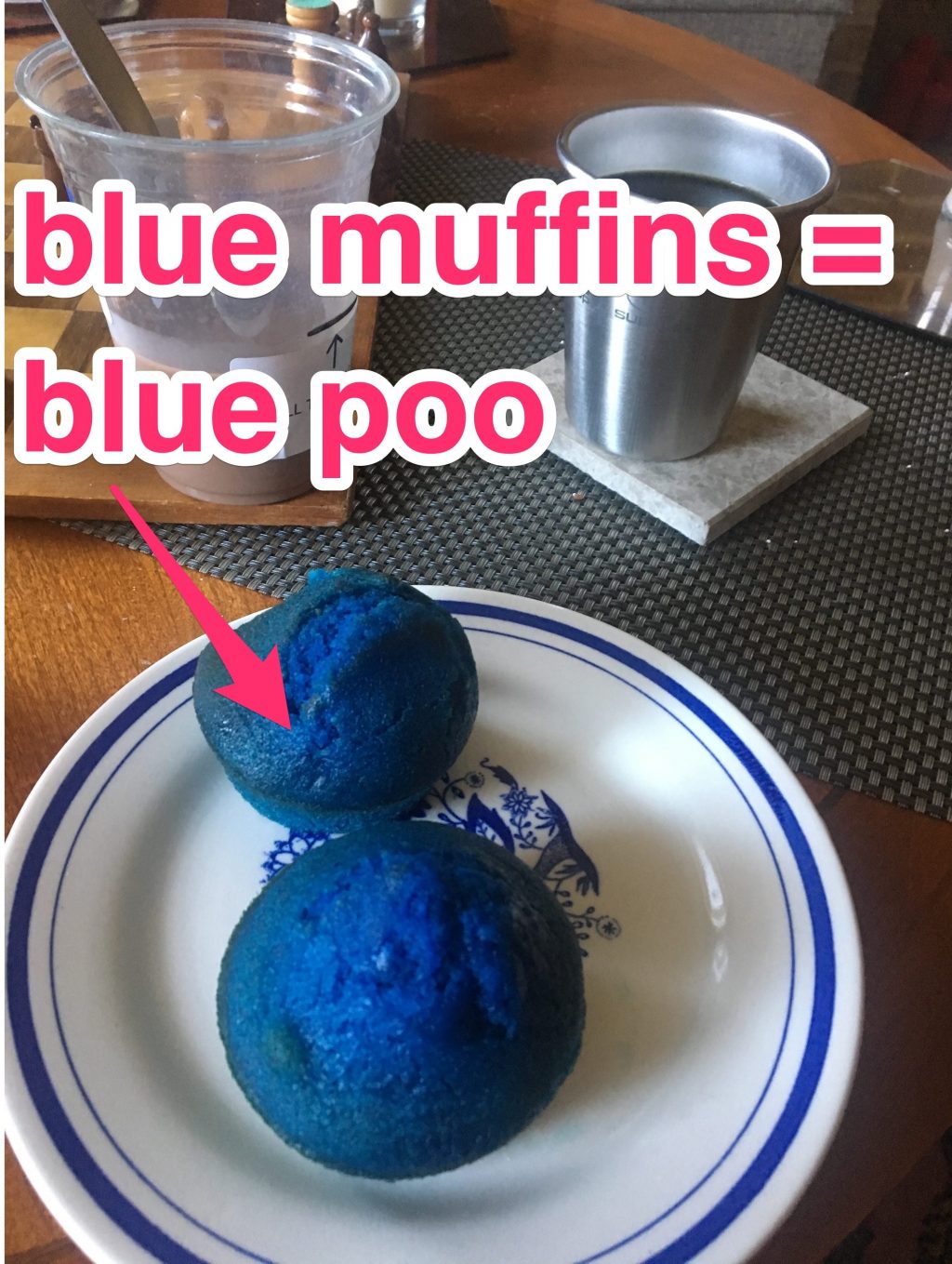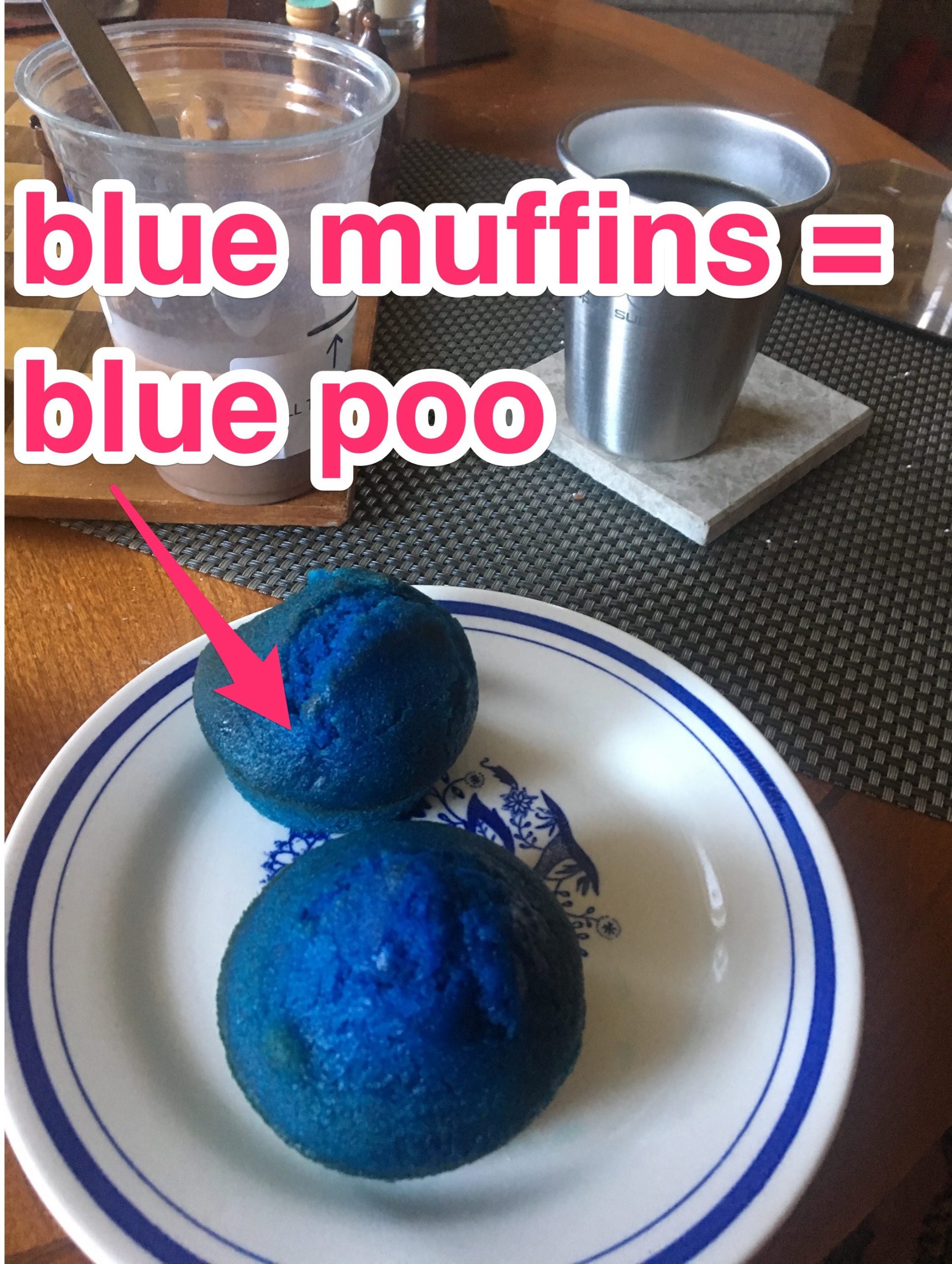
Hilary Brueck/Insider
- I turned my poop blue for science (well, sort of), and you can too.
- Researchers have discovered a connection between how quickly people poop and gut health.
- Visit Insider's homepage for more stories.
Epidemiologist Tim Spector has calculated – with some pretty impressive precision – how long it takes his food to reach the toilet.
"About 19 hours, 18 hours," he told Insider.
He's only learned this thanks to some bright blue muffins.
The protocol goes like this: chow down on two muffins dyed with blue food coloring, then keep an eye on the toilet bowl for the next few days and make a note of when blue-tinted poop comes out the other end. Voila! A homemade test of how efficiently your digestive system is working.
Spector, a professor at King's College in London, is co-founder of a new personalized nutrition company called Zoe. With the goal of helping determine how well an individual's microbiome may function, he has handed out thousands of bright blue muffins to people around the world.
His initial research, published recently in the BMJ journal Gut, suggests there's a clear link between how fast a muffin-eater's poop turns blue, and how healthy their gut is. A slow "gut transit time," the measure of how long it takes a food to travel from a person's lips to the other end of their body, could be a warning sign of a diet that needs improvement.
"It's a way of tracking what's going on inside you that costs nothing," Spector said. (The blue muffins cost around $1 a piece for his team to produce).
He's now in the process of collecting data from hundreds of thousands more volunteers around the world, cooking and eating their own blue muffins at home, in a massive global experiment he's calling the #bluepoopchallenge.
I discovered it's not always easy to recognize blue poop
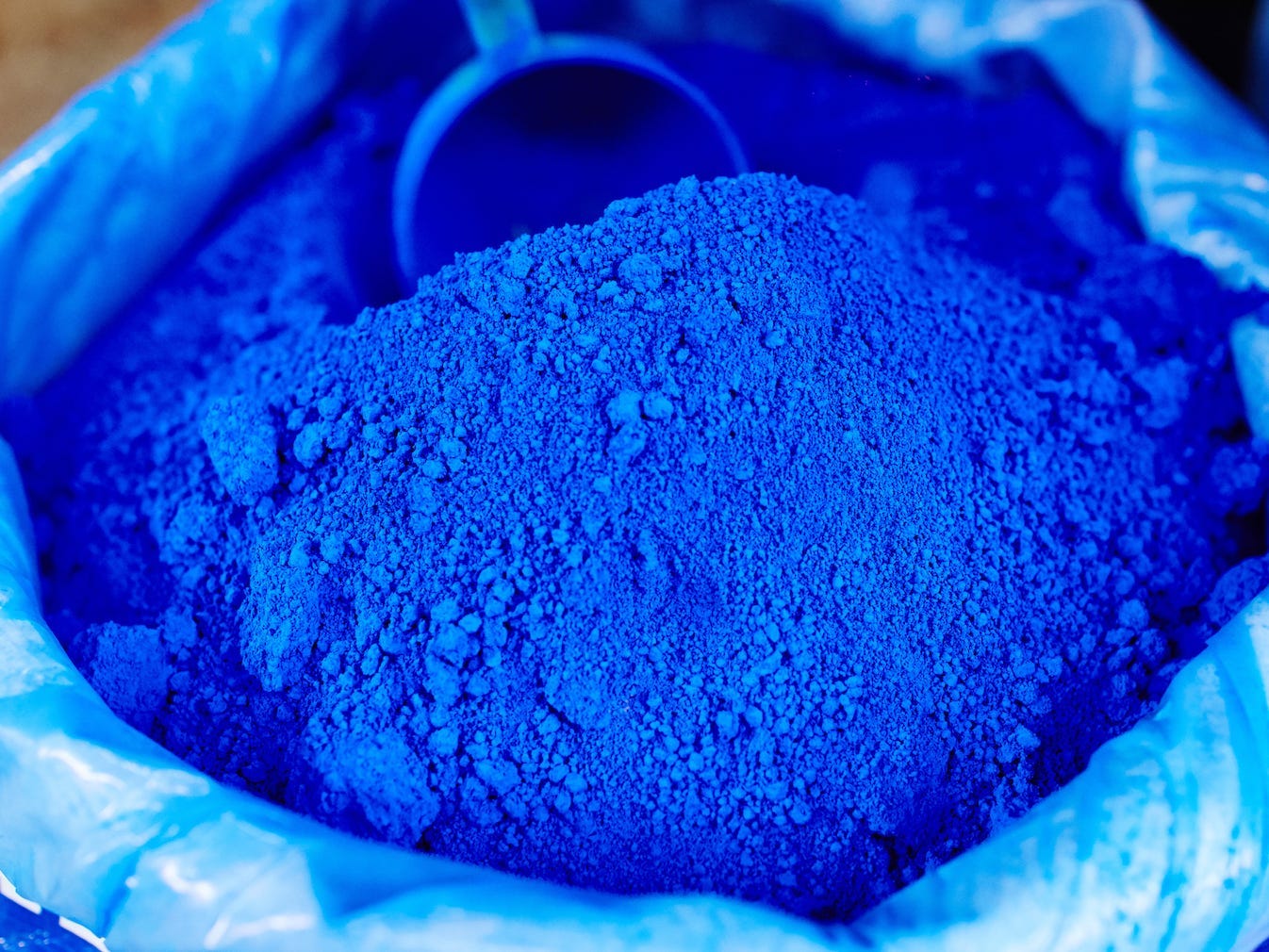
I tried this blue muffin experiment myself when I joined Zoe's PREDICT2 clinical study in 2019. But I didn't find it quite as easy as Spector did to discern my own gut transit time.
For the experiment, I ate two bright blue muffins for breakfast alongside a glass of chocolate milk. Then, I was instructed to watch carefully what happened in the toilet bowl.
Every time I went to the bathroom for the next couple of days, I would stand up and peer down, hoping to spy something bright blue and clinically exciting in the porcelain.
But nothing super-blue ever surfaced.
Eventually, after two days, three hours, and 25 minutes of waiting (that's a gut transit time of 51.4 hours) I noticed that my stool was dark brownish-bluish.
Could this be the big reveal I'd been waiting for? I wasn't sure. But, for the purposes of the study, I went ahead and logged it as a mission accomplished.
The bowel isn't like an assembly line
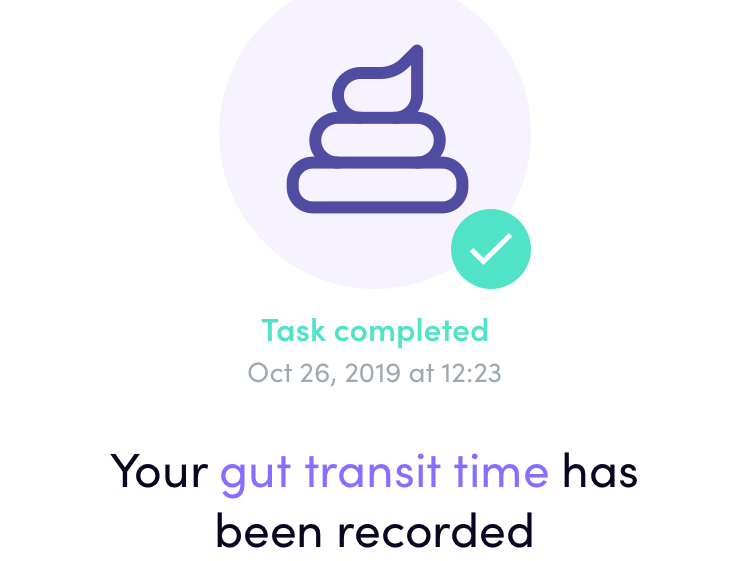
Dr. Niket Sonpal, a board-certified gastroenterologist in New York, told me that I shouldn't be surprised at my mixed results.
"The bowel isn't like, for lack of a better phrase, it's not quite like an assembly line - where the older stuff comes out and the newer stuff comes on," he said. "It can mix in the colon."
According to Spector's study, my blue stool (if that's really what it was) was within the normal range of gut transit times, but on the slower end of the spectrum.
The median gut transit time his study measured was just under 29 hours, but the researchers considered any transit time between 14 hours and 58 hours as normal.
Sonpal, too, says that the normal gut transit time for most people hovers somewhere around 24 hours, but it can vary.
"Definitely people with sluggish transit times - we've got several people at three or four days - nearly all have bad-looking ratios in their gut," Spector said. "Rather than saying that's because they've got bad microbes, I think it's probably that their diet doesn't suit them."
According to my Zoe study results (which incorporated information from a stool sample I sent to the researchers in addition to my gut transit time) my microbiome is in the so-so mid-range of healthy bacteria colonizing my gut.
I could stand to eat some more apples, spinach, and lentils, according to Zoe.
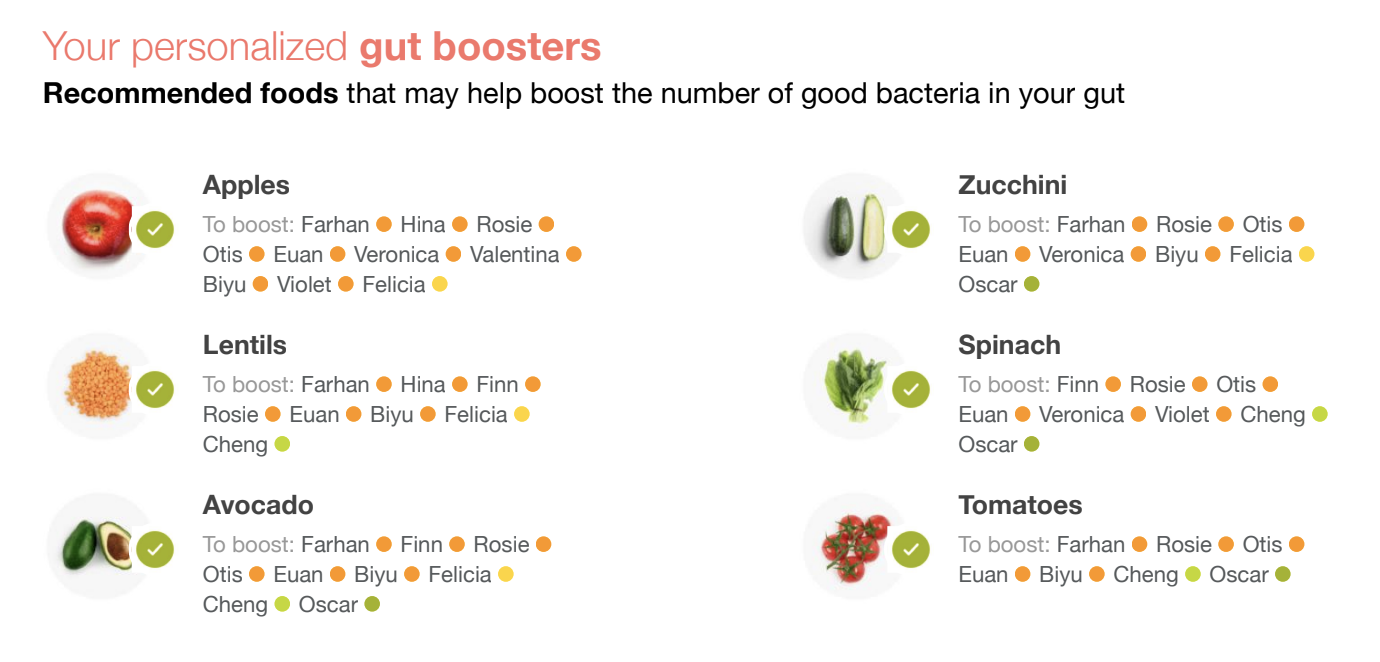
Sonpal says Zoe's blue dye technique is a "novel" one that could even be used clinically. Normally, gut transit time is measured by professionals using tiny ingestible markers, called sitz markers, which are detectable only on an X-ray.
But Sonpal cautioned anyone who might try the home poop test not to read too much into it without help from a physician.
"People who have other comorbid conditions, they might notice that they're faster or slower, and they're gonna wonder why, and with the physician's help, they can put it into context," he said.
Simple remedies for a good gut
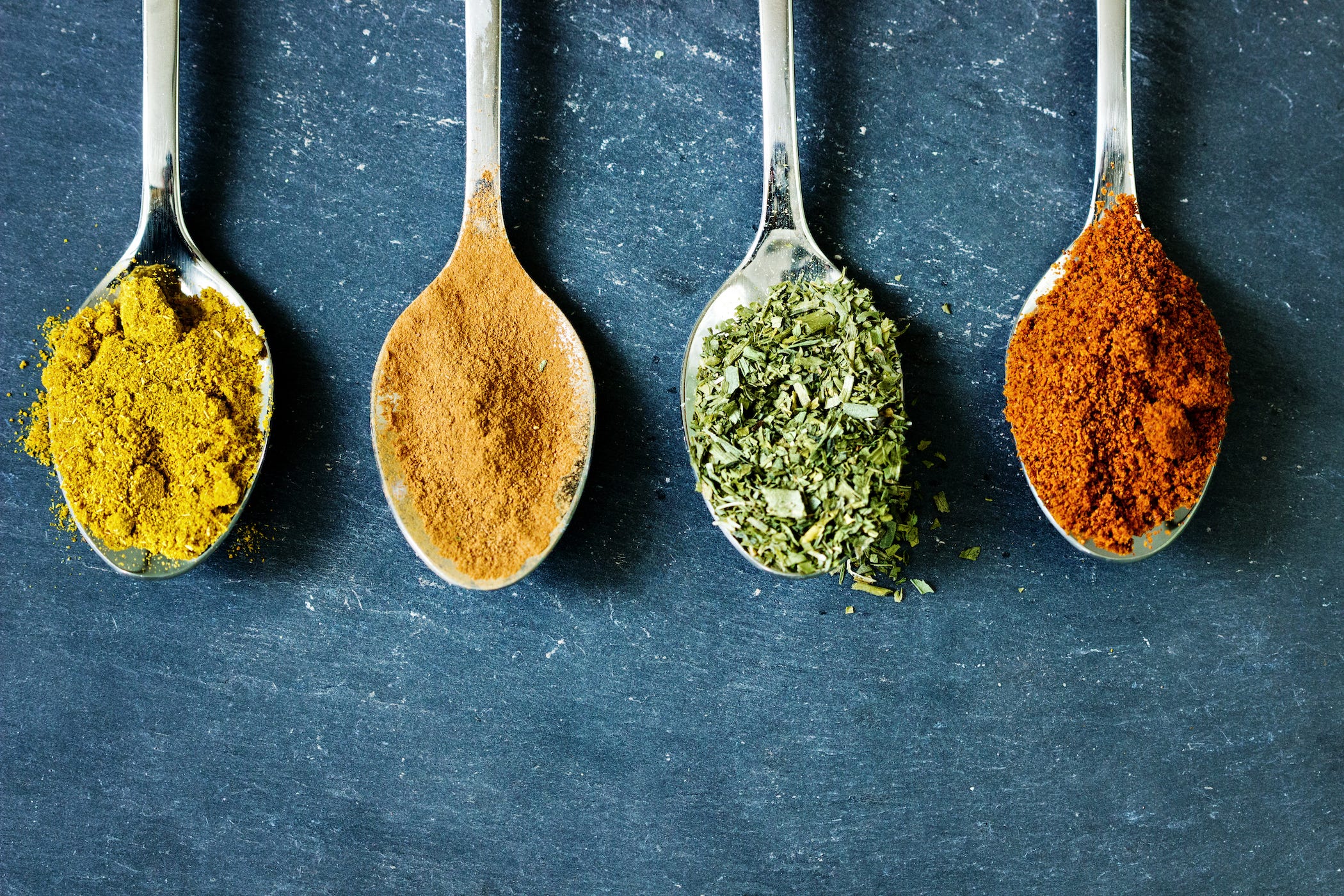
Whether or not you decide to take the blue poop challenge, both Spector and Sonpal say there are a few simple things you can do to foster gut health.
First, eat more prebiotic foods that feed the good bacteria in your gut, like oats, garlic, onions, and apples. Add in live probiotic foods, which boost your internal population of good bacteria (Spector says his favorite probiotics are the "three K's:" kefir, kombucha, and kimchi.) And finally, consume plenty of dietary fiber, to keep everything moving along.
Eating natural foods is by far the best way to go about this. If you do choose to use a supplement, "it's better to use the refrigerated ones than the pill forms," Sonpal said.

